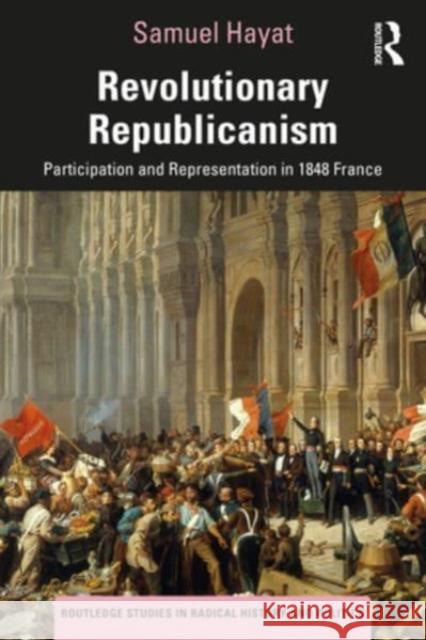Revolutionary Republicanism » książka
topmenu
Revolutionary Republicanism
ISBN-13: 9781032190914 / Miękka / 2023 / 248 str.
Revolutionary Republicanism
ISBN-13: 9781032190914 / Miękka / 2023 / 248 str.
cena 191,87 zł
(netto: 182,73 VAT: 5%)
Najniższa cena z 30 dni: 181,29 zł
(netto: 182,73 VAT: 5%)
Najniższa cena z 30 dni: 181,29 zł
Termin realizacji zamówienia:
ok. 16-18 dni roboczych.
ok. 16-18 dni roboczych.
Darmowa dostawa!
Revolutionary Republicanism provides a history of French republicanism seen through a seminal episode of its creation - the 1848 revolution.











